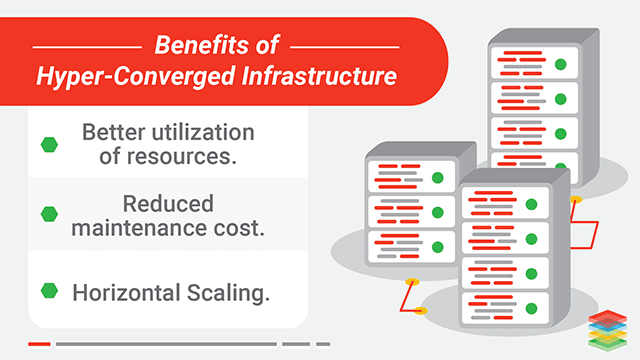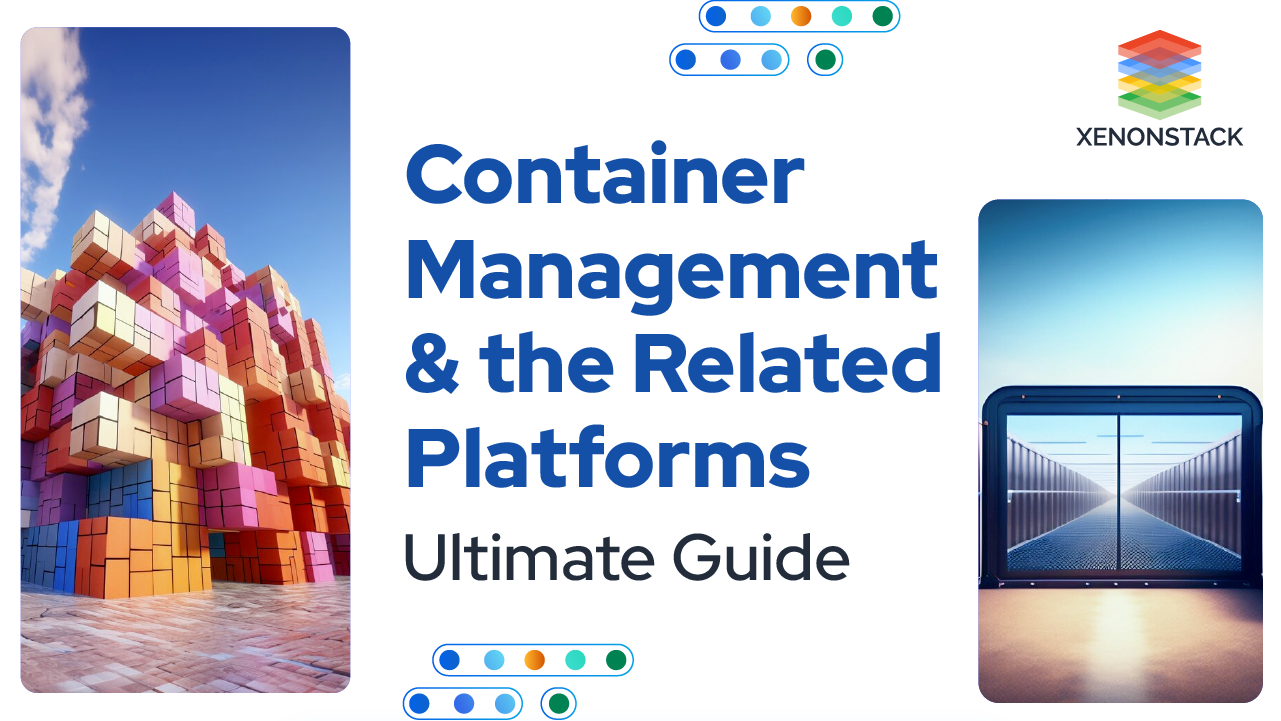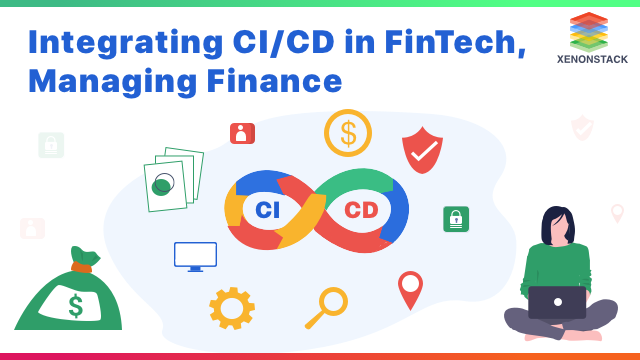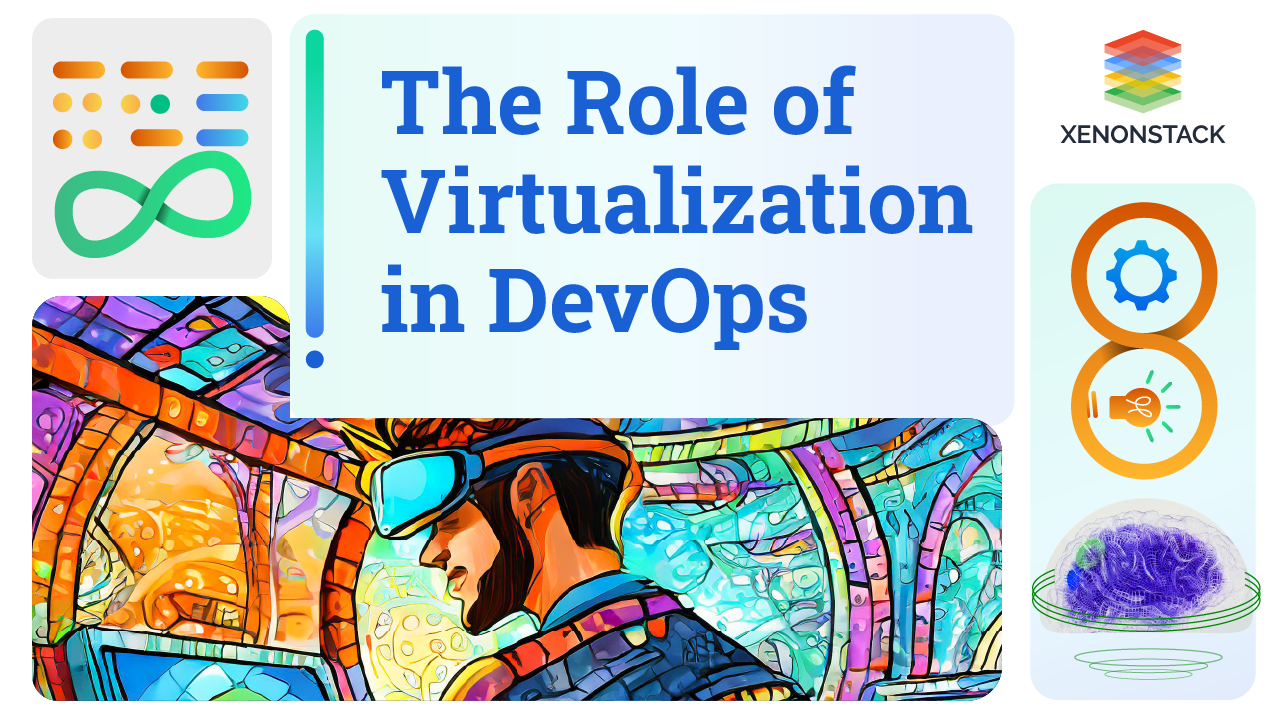
What is Hyper-Converged Infrastructure?
Hyper-Converged infrastructure is a software-centric architecture tightly integrated to compute, networking and storing resources into a single system. Hyper-converged systems require at least three hardware nodes at a minimum for high availability, expanded later by adding more nodes according to requirement.
A higher-level abstraction to write code/login in a high-level language that utilizes modules to perform tasks on the machine level.” Click to explore about, Infrastructure as Code Tools and Best Practices
Why Hyper-Converged Infrastructure(HCI) is Important?
Hyper-Converged infrastructure consumes less space hence reducing the data centenership and maintenance reduces due to the number of nodes. Administrators burden reduces with the reduced number of nodes. The cost of heating and electricity decreases as the required number of nodes are running. It provides horizontal scaling to add more nodes in the cluster according to the requirement enabling users to start with the smaller cluster. In recent years there has been an increase in adopting the hyper-converged strategy in data centers using it in edge locations like local office locations. It is easier for smaller or midsize organizations to adopt Hyper-Converged infrastructure.
- Lower Cost
- Smarter, More Efficient Staff
- Greater Gains Through Automation
- Simplified Procurement and Support
- Increased Data Protection
- Improve Performance
- Scalability
- Flexible
- Software Defined Storage
- Agility
- Workload Consolidation
Continuous Integration and Continuous Delivery mechanisms are applied to test server configuration, server image building, environment provisioning and the mixture of environments.” Click to explore about, Infrastructure as Code in CI/CD Pipeline
What are the benefits of Hyper-Converged Infrastructure?
the benefits of Hyper-Converged Infrastructure
- Better utilization of resources.
- Reduced maintenance cost.
- Horizontal Scaling.
- Reduced data center footprint.
- Reduces administrator burden.
- Cost efficient.
- Optimize the Health of Private Cloud.
- Continuous Real-Time Workload Decisions.
- Right Storage Right Work Load.
- Plan Quickly and Easily Scale.
- Automatable Workload Placement.
- Software-Defined Storage.
- Data Protection.
- Deploys Virtual Desktop Infrastructure.
- Consolidating Data Center.
- Remote Management.
- No Downtime with Software-Centric Approach.
- Manages Complex Infrastructure.
- Simplified Vendor Management.
- Continuous, Portable and Flexible Protection.
- Enhanced Governance.
- Ease of Termination.
- Encryption of Virtual Machines.
How HCI Architecture Works?
A hyper-converged platform integrates compute, storage and networking with software-defined software that defines the operational aspects of that infrastructure. The general and traditional choice for orchestration is hypervisor for provisioning of resources like storage, compute and network.
Kubernetes also used for provisioning of resources. Kubernetes is an open-source container-orchestration system for automating deployment, scaling, and management of containerized applications. It sits between the application and the infrastructure, lets application workflows dynamically control storage, compute, and networking resources. Software-defined storage like Rook (Ceph) used for elastic storage. Ceph is scalable storage which can be scaled up to an Exabyte.
Expanded according to a requirement by adding more nodes. Kubernetes and Ceph both are open source solutions run on commodity hardware and avoiding any vendor lock-in. There are several software tools provided by hardware vendors depending on the server chosen.
A tool used for changing, building, and versioning infrastructure efficiently and safely.” Click to explore about, Infrastructure as Code using Terraform Overview
How to Adopt Hyper-Converged Infrastructure?
Adoption of Hyper-converged infrastructure is relatively easy but while selecting hardware or software be aware the current and future requirements. It requires at least three nodes to get started with high availability. Choose orchestration platform which scales horizontally like OpenStack, Openshift or Kubernetes to run on commodity hardware with requiring any special hardware and avoids any vendor lock-in. Use of software-defined storage like Ceph or Glusterfs used for high availability and redundancy. It also runs on commodity hardware hence eliminating the need for specialized hardware.What are the best practices of Hyper-Converged Infrastructure?
- Use of software-defined storage technologies like Ceph, Glusterfs.
- Use of open source orchestration tools like Kubernetes, Openshift or OpenStack. To avoid any vendor lock-in.
- Use of commodity or open computation hardware.
- Use of automation tools as much as possible.
- Proper Monitoring and security setup.
Best Hyper-Converged Infrastructure Tools
The best Hyper-Converged Infrastructure Tools are listed below:
Conclusion
Hyper-Converged Infrastructure is a technical advancement for data center architecture that leverages the hypervisor to deliver virtualized computing, networking, and storage from a single server platform.
- Discover more about Cloud Infrastructure Services and Solutions
- Click to explore Google’s Roadmap for Hyperautomation


